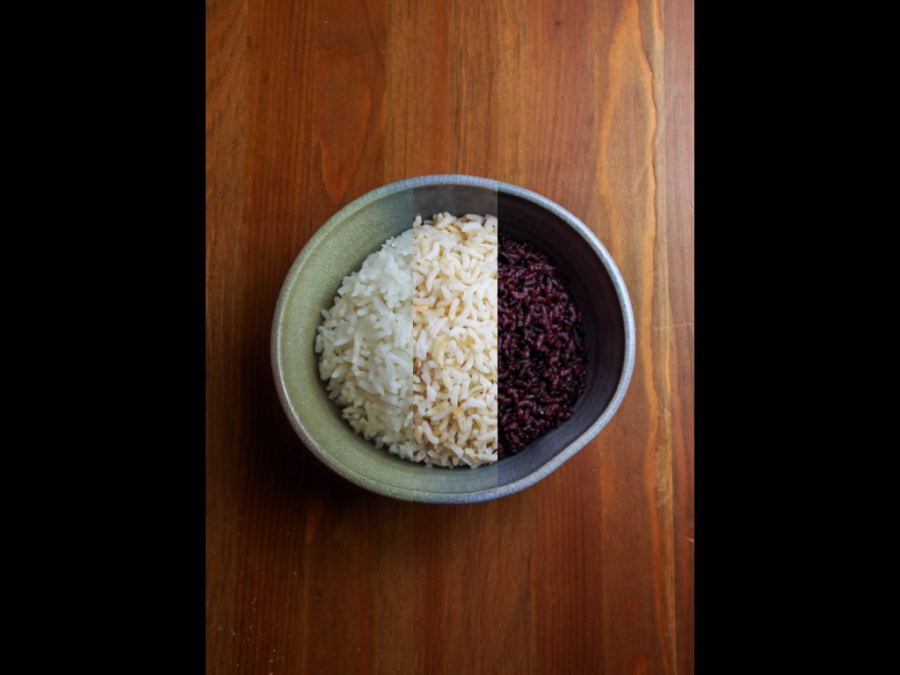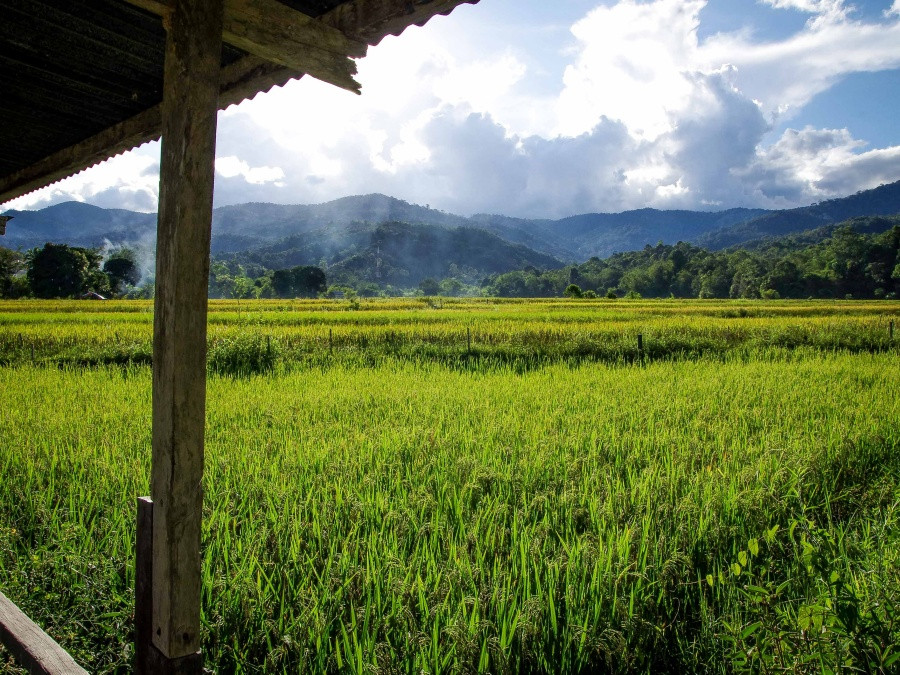In defence of rice
by Tunku Muhammad Tunku Farahat14 May 2021
Rice is coming under attack from those who say we should reduce our dependence on it or even—shock, horror—remove it from our diet completely. But is rice actually ‘bad’ for us?
In the colonial 19th century, the Malayan people were tasked with clearing land for rice farming. Regional neighbours Siam, Indochina and Burma had already established themselves as rice exporters, and Malaya was quick to follow. The cultivation of rice in Malaya was to compete with other colonial powers like the Dutch. This in turn caused a drop in prices for rice, and countries around the region had a surplus of food. Rice was then used as a commodity for trade and sustenance for Indian and Chinese migrants in Malaya.
Today, it’s common knowledge that rice is a carbohydrate-rich food that provides energy and contains moderate amounts of micronutrients. And although rice is a well-loved, substantial source of energy, a growing global trend has started to demonise the humble grain. This denigration of our starchy staple had been popularised largely by the Western media, claiming that rice is lacking in nutrients and is full of sugar. In 2017, The Independent UK published an article titled ‘Why you should stop eating white rice, according to a physician’, just one example of the fear-mongering that surrounds white rice.
This ‘fear’ stems from the idea that all bleached white products such as flour and rice are ‘bad for you’ because they contain no significant amount of fibre or other key micronutrients that are needed daily. It’s also widely feared that rice can cause Type 2 diabetes, because of its high sugar content.
As Malaysians grow to be more health-conscious, our rice-loving palates beg the question: Is rice really ‘good’ or ‘bad’ for you?
We put the question to Leonard Yap, a dietitian at LiveSmart Malaysia. He told us that rice as the main source of carbohydrate and energy can also be a good source of vitamins and minerals. Vitamin B complexes such as thiamin (B1), riboflavin (B2), niacin (B3), pantothenic acid (B5), pyridoxine (B6) and folate (B9) are all found in rice in moderate amounts. These water-soluble vitamins are vital for energy production and are important cofactors for many enzymatic reactions found in the body.
As for minerals, magnesium, which regulates muscle health and nerve function, is found in rice in moderate amounts. Rice also contains a moderately low amount of iron, an important mineral for the formation of red blood cells. Lastly, a substantial amount of manganese is found in rice – this functions in many enzymatic reactions and is needed for protein, cholesterol and carbohydrate metabolism.
Rice can come in many forms but the two kinds we most commonly eat in Malaysia are long and short-grained white rice, like basmati or fragrant jasmine rice. White rice itself, milled rice that has had its husk, bran and germ removed, owes its popularity to the food scarcity caused by World War II. The milling process lengthened rice’s shelf life, making it a valuable and shelf-stable commodity. These days, new rice products that differ in their variety and colour of grain are increasingly common. Are these new varieties and their multitudes of colours any more nutritious compared to white rice?
Well, yes. According to Leonard, “Wholegrain rice such as black heirloom rice compared to white rice is definitely superior in nutrients. It contains more of the existing vitamins and minerals but also provides more fibre and some varieties may contain anthocyanins which are antioxidants that can be found in red, purple and black wholegrain rice.”
What about the nutritional differences between whole-grain varieties? The difference there is less stark—only minor differences may be seen in terms of nutrient density. Interestingly, whole-grain rice has a higher calorie count compared to white rice—the upside of consuming brown rice is its low glycemic index. Glycemic index (GI) is the measure of how much a specific food increases your blood sugar levels. The higher the GI, the higher or faster your blood sugar levels will increase. High GI foods are quickly digested in the body while low GI foods may take longer to digest due to fibre content. In this case, a low GI is much better to control blood sugar while keeping you satiated for longer.
Rice as culturally sustaining
So what do Malaysian home cooks think? Judith Loh, a semi-retired childhood educator, said that rice has deep roots to Chinese culture and in Chinese households. For instance, when a child is unwell, they show signs of rejecting rice. And when their appetite for rice returns, it may indicate recovery.
Mary Easaw, a retired dietitian from the National Heart Institute and currently working as a senior lecturer in International Medical University, said: “In Indian culture, when it is asked if you have eaten, we’re referring to rice.” For both Judith and Mary, rice is a part of every meal, the varying factor only whether the rice is steamed, fried or made into porridge.
Neither of them would mind paying a few extra ringgit for a pack of wholegrain rice such as brown rice. Judith said: “Brown rice is not very commonly eaten in Chinese families but since I’m older, I look into the benefits of rice and its effects on me.”
Hajar Haslina, a retired secondary school teacher, keeps approximately seven types of rice in her pantry, all varying in texture and size and some that are specific for dishes such as nasi dagang. To her, various types of rice is a necessity in her home and is always factored into her monthly expenditure.
For these women, the value of rice stems from it being a staple starch as well as the nourishment and potential benefits it provides. “There is no need to cut down on rice,” says Mary, “only the need to educate people on how to eat it and understand its benefits.” Hajar added, “We don’t need to revolutionise food that nature has provided, we only need to revolutionise the way we consume it.”
We come back to the question of whether rice is really bad for you. The answer is no, it provides energy, sustenance and most importantly it’s a beloved staple to the everyday Malaysian. What can be bad for you is the uncontrolled consumption of rice, just like any good thing that’s taken to an extreme. It is our duty to understand and educate ourselves on how to manage our portion so we can enjoy eating longer.
***
Tunku Muhammad Tunku Farahat is a student of Dietetics with Nutrition at International Medical University with an interest in fermentation. He is also an abstract artist and writer.
Read next
The value of tapioca through the eras
Tapioca, past and present

Every jollof is more than just rice
A highly specific jollof rice

Keeping Kadazandusun cuisine alive for another generation
Kadazandusun cuisine and its future






